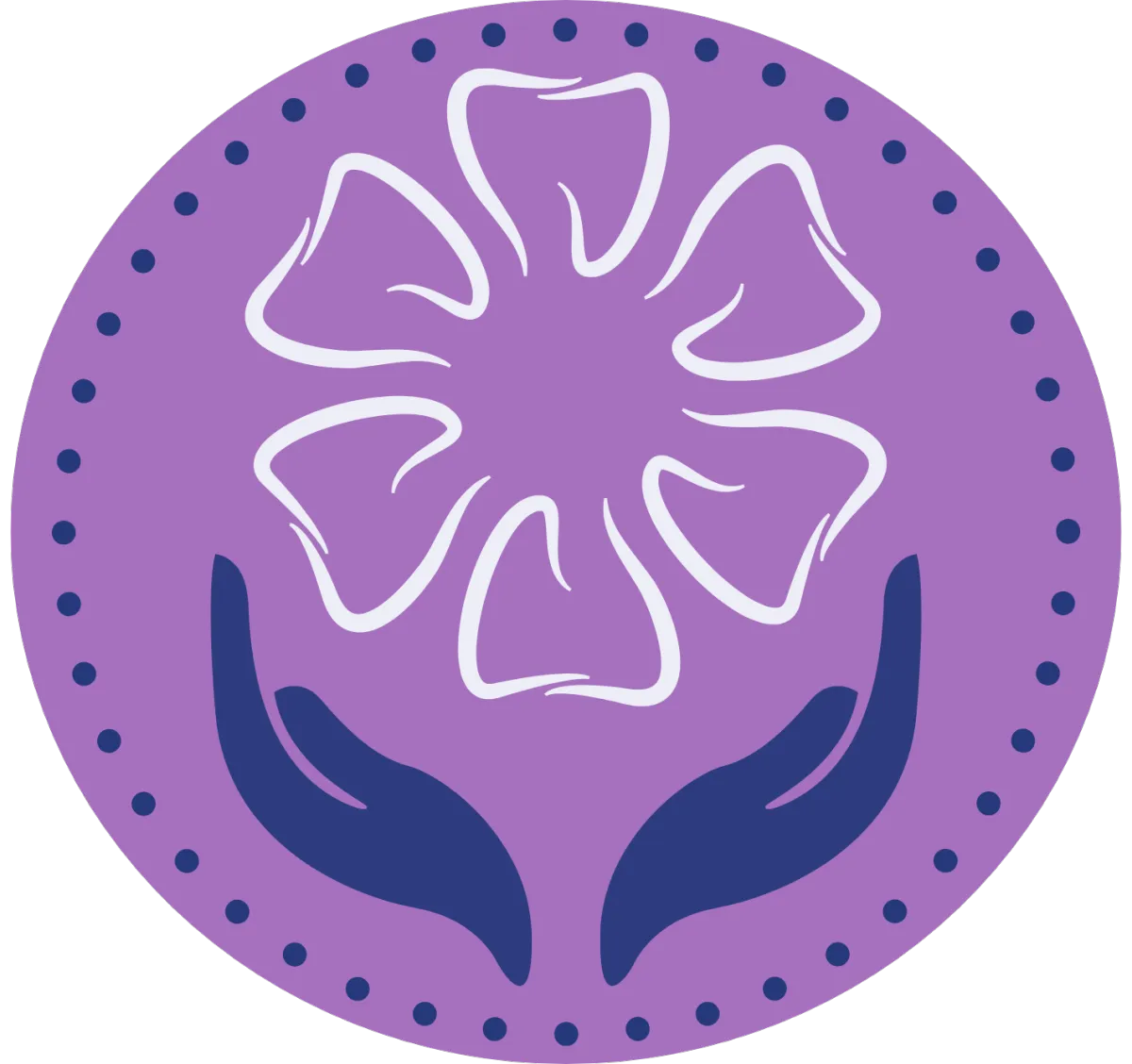
what we do
Tell you secrets about dental anxiety that no one else will. Many of these no one even knows.
Help you increase your confidence, self-advocacy and ability to communicate your needs and boundaries with your provider.
Show you how to spot medically bullying, and make it stop.
Provide you with tools and strategies to avoid pitfalls that ruin your chances of receiving the excellent care you have every right to.
why we
do it
Because we are a on a mission to help you take back your dental health from dysregulated autonomic nervous systems. The activation of yours and your providers Flight/Fight responses have everything to do with why you hate the dentist!
Because you deserve a smile that makes you happy and that allows you to show up as your best, most joyous self.
Because understanding what is happening at the neurobiological level is power and we cand show you how to access this power quickly and easily.
Because dental anxiety is real, you are not a failure. The overwhelm, fear, and stress you feel when you have to schedule, prepare for and keep a dental appointment is not because something is wrong with you. It is really because your system is doing exactly what is should.
Because you can harness the genius of you physiology to overcome dental anxiety for good!
The Problem:

Problem #1
Your Brain
Your brain has one job. It is to keep you from dying. ANY and EVERY input perceived by the brain as a threat has to be responded to in order to keep you alive.
Sometimes our brain does very strange things in order to protect us from those threats. The more stress we feel when even thinking about going to the dentist when we hate it, the stronger the brain reacts. When the reaction is disruptive, or prevents us from obtaining care, it is because our neurophysiology (our nervous system) has become "dysregulated."
In a post-pandemic things have gotten worse. Some of us are returning to our dental routine after longer breaks, in worse shape, and with fewer internal resources to cope with our fears.
One major source of dysregulation in your dental treatment history may be your history of trauma. It may be from childhood trauma, dental treatment trauma, or currently traumatic life experiences. Whatever the source, the signs and symptoms are really clear if you know what to look for.
If you never, ever want to feel anxious our scared about going to the dentist again, there are simple things you can do to help.
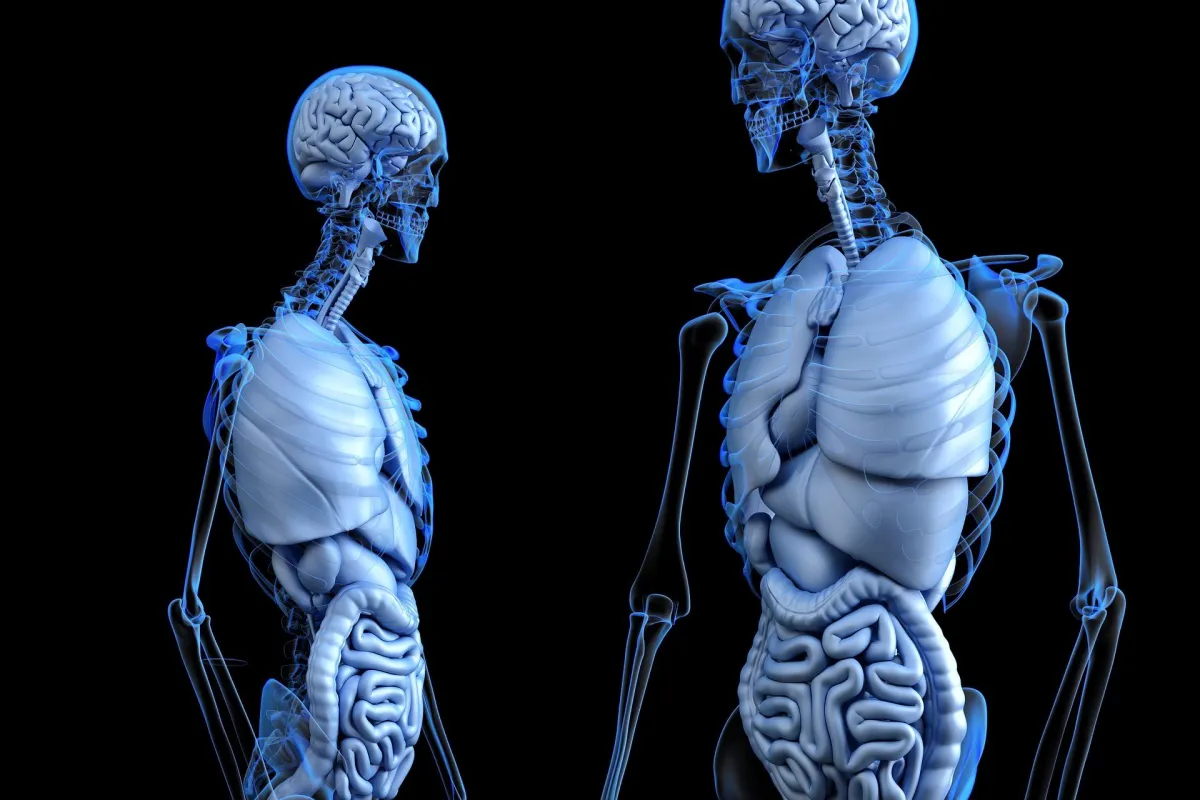
Problem #2
Your Body
Your body is convinced that going to the dentist is dangerous. And it has all kinds of ways that it tries to tell you. Have you ever experienced any of the following in connection with your dental appointment?
Increased blood pressure, pulse, and breathing
Nausea
Sweating
Difficulty in communicating, making or maintaining eye contact
Feeling angry
Overwhelming need to get out of the office as soon as humanly possible
Also, thanks to happenings in 2020, which by the way has been called a collective trauma, we are coping with a stronger response from our nervous systems.
This can shrink what
meager personal reserves we may have had.
You've been asking around among your friends if they know of any dentists who aren't jerks or mean because you feel like you are just about done.
It's so painful, because you really want to take care of and love your smile. But even
thinking about calling for an appointment
actually makes you feel sick.

Problem #3
Your Providers
To make things worse, post pandemic there is a critical shortage of dental professionals across the United States and Canada.
Clinical staff are cranky because they are working in understaffed situations more and more frequently. Appointments are taking longer and are more difficult than they used to be. And they are more stressed out for all the same reasons you are...higher costs and inflation but pay may not be keeping pace, to name just a few.
They did the most dangerous job in the face of COVID-19 and sadly, on some occasions, they have had patients treat them with unkindness and disrespect because of dental fear and anxiety.
The unfortunate consequence of all of the foregoing is that dental professionals have less reserves too. And most of them have no earthly idea that how they work with patients can make their dental anxiety soooo much worse.
This bodes poorly for finding understanding providers and forging strong supportive relationships with them.
No wonder you HATE the dentist.
What can be done?
The Solution:
Interestingly enough 6 in 10 adults have been impacted by childhood trauma and in 20% of cases it is severe enough to damage their physical health. (CDC, 1998)
6 in 10 adults also don't going to the dentist, 15%, have been diagnosed with true dental phobia. I do NOT think this is a coincidence.
The solution is the same for all of the foregoing - trauma informed and trauma responsive patient care delivery. "What even is that?" I hear you ask. It means that we receive care and build connections with our providers that acknowledge the presence and impact of trauma in our experience. It implements that awareness in policies, practices, and procedures in order to respond to trauma, actively resist re-traumatization, and build resilience.
That is a mouthful, but what it boils down to that you build skills \you'll get by with some help from your dental health and
workplace wellness BFF, me, Yvonne Posey.
I've been at this for 25+ years and I want to help you leverage my trauma informed care training and
35,000 hours of implementation experience.
These efforts have changed patient and practice experiences in nothing less than than transformational ways.
how we
do it
what people are saying about it
Here is what others are saying about Yvonne and the Dental Fear Fix Programs...
-A Hart, Dental anxiety
coaching client
I feel seen and understood.
Yvonne was AMAZING! Her knowledge was so apparent. She did such a great job of prepping me for procedures. As a coach and clinician, she had some really good recommendations for healing/dealing the dental trauma I have experienced throughout my life. I would recommend anyone who struggles with dental fear to work with her! After working with her, for the first time in my, life I am excited to go to the dentist.
-s Boler, Parent of child with dental anxiety
Thank you!
My 7 year old son has had some difficulty with dental anxiety in the past. After one visit Matthew could tell the difference, and so could I. He was confident, able to express himself and calm throughout his visit. What Yvonne teaches reall works!
as seen on

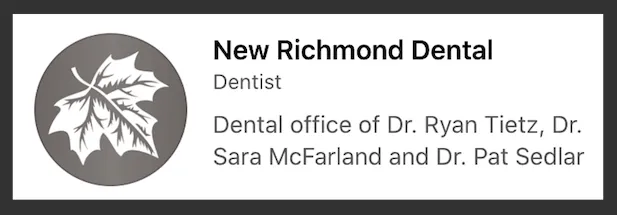

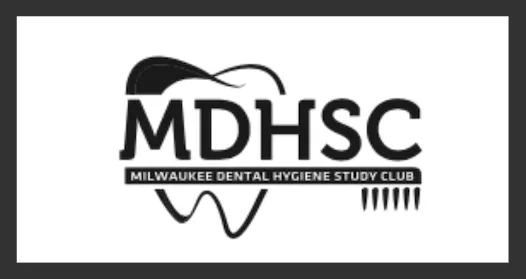

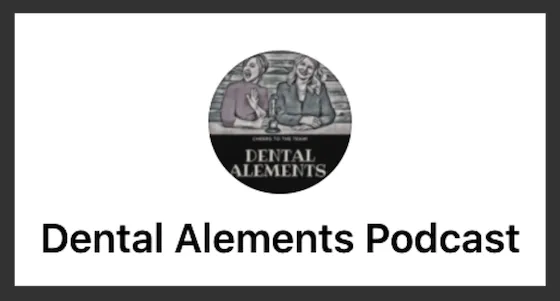
resources
Here's where you introduce content. These could be your blog posts, articles, videos or podcast episodes.
01
EXPLAIN THE AWESOME CONTENT
Mauris ac vestibulum nibh, quis euismod velit. Mauris sodales tincidunt ex vitae viverra. Nunc neque eros, convallis vel eros id, molestie bibendum neque. In hac habitasse platea dictumst. Integer quis hendrerit eros auris ac vestibulum nibh, quis
02
EXPLAIN THE AWESOME CONTENT
Mauris ac vestibulum nibh, quis euismod velit. Mauris sodales tincidunt ex vitae viverra. Nunc neque eros, convallis vel eros id, molestie bibendum neque. In hac habitasse platea dictumst. Integer quis hendrerit eros auris ac vestibulum nibh, quis
03
EXPLAIN THE AWESOME CONTENT
Mauris ac vestibulum nibh, quis euismod velit. Mauris sodales tincidunt ex vitae viverra. Nunc neque eros, convallis vel eros id, molestie bibendum neque. In hac habitasse platea dictumst. Integer quis hendrerit eros auris ac vestibulum nibh, quis
04
EXPLAIN THE AWESOME CONTENT
Mauris ac vestibulum nibh, quis euismod velit. Mauris sodales tincidunt ex vitae viverra. Nunc neque eros, convallis vel eros id, molestie bibendum neque. In hac habitasse platea dictumst. Integer quis hendrerit eros auris ac vestibulum nibh, quis
05
EXPLAIN THE AWESOME CONTENT
Mauris ac vestibulum nibh, quis euismod velit. Mauris sodales tincidunt ex vitae viverra. Nunc neque eros, convallis vel eros id, molestie bibendum neque. In hac habitasse platea dictumst. Integer quis hendrerit eros auris ac vestibulum nibh, quis
06
EXPLAIN THE AWESOME CONTENT
Mauris ac vestibulum nibh, quis euismod velit. Mauris sodales tincidunt ex vitae viverra. Nunc neque eros, convallis vel eros id, molestie bibendum neque. In hac habitasse platea dictumst. Integer quis hendrerit eros auris ac vestibulum nibh, quis
©Trauma Responsive support Services, llc 2021-2025 | ALL RIGHTS RESERVED | Unsubscribe | TERMS & CONDITIONS | Privacy POlicy